TOLEDO, Ohio — Even though Thanksgiving is just a few days away, this week looked and felt more like spring with bright sunshine and mild temperatures. While sunshine has been abundant so far this November, it will become less common as we inch toward the winter season.
In this week's edition of Climate Friday, Meteorologist John Burchfield will explain why sunny weather is hard to come by during the winter. At the end of this article, you'll see a preview of Thanksgiving and a breakdown of some notable Turkey Day weather from past years.
November has delivered overwhelmingly sunny weather so far, and this month has featured 11 sunny days, five partly cloudy days, and no fully overcast days. Frequent sunshine is not the norm in November, and data shows the increased rarity of blue skies by the end of fall and start of winter.
Historical data from weather observations in Toledo shows that fewer than 25% of winter days are fully sunny. Last year, only 22% of the winter season brought bright sunshine. Sunny weather has occurred in about one in four winter days over the past several seasons. Data from 2019 to 2023 shows that roughly one in four winter days was fully sunny. As sunshine becomes less common during November and December, beautiful stretches of weather like this week will become a distant memory.

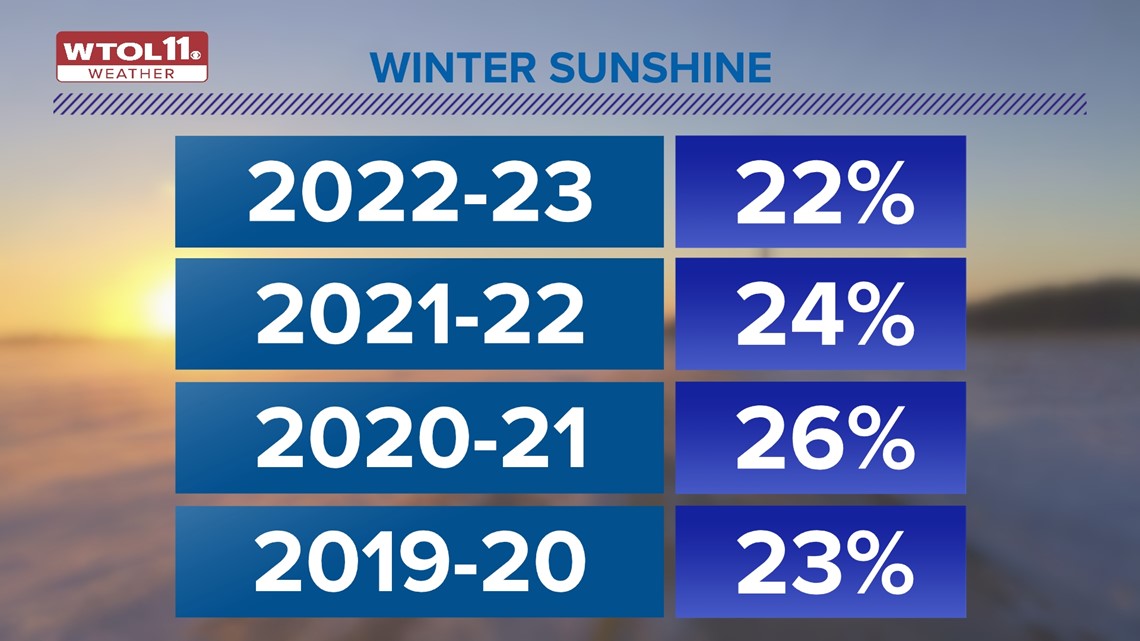
So why is sunshine so uncommon during the winter season? During the winter, temperatures in the atmosphere tend to be cooler near the Earth's surface and milder aloft. This phenomenon, known as an inversion, grows more frequent during the colder months when cool, dense air sinks down to the ground and warm, buoyant air rises higher up. Along the boundary of warm and cold air, a thick blanket of stratus clouds often develops. Stratus clouds obscure the sunshine, appearing grey and gloomy in the mid-levels of the atmosphere.

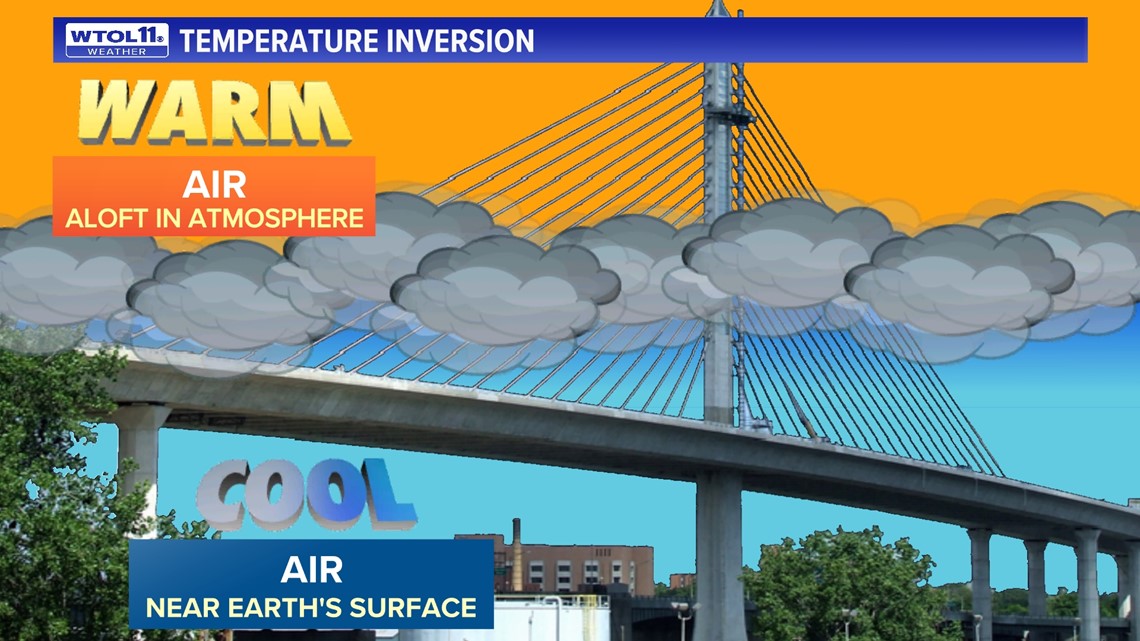
While a temperature inversion creates cloudy conditions during the winter, the thermal profile of the atmosphere during the summer generally creates more sunshine. The more direct rays of summer Sun produce a mild layer of air near the ground, keeping cooler air confined to the higher levels of the atmosphere. As warm air rises in the atmosphere, fair weather cumulus clouds often develop when the mild air encounters cooler air aloft.

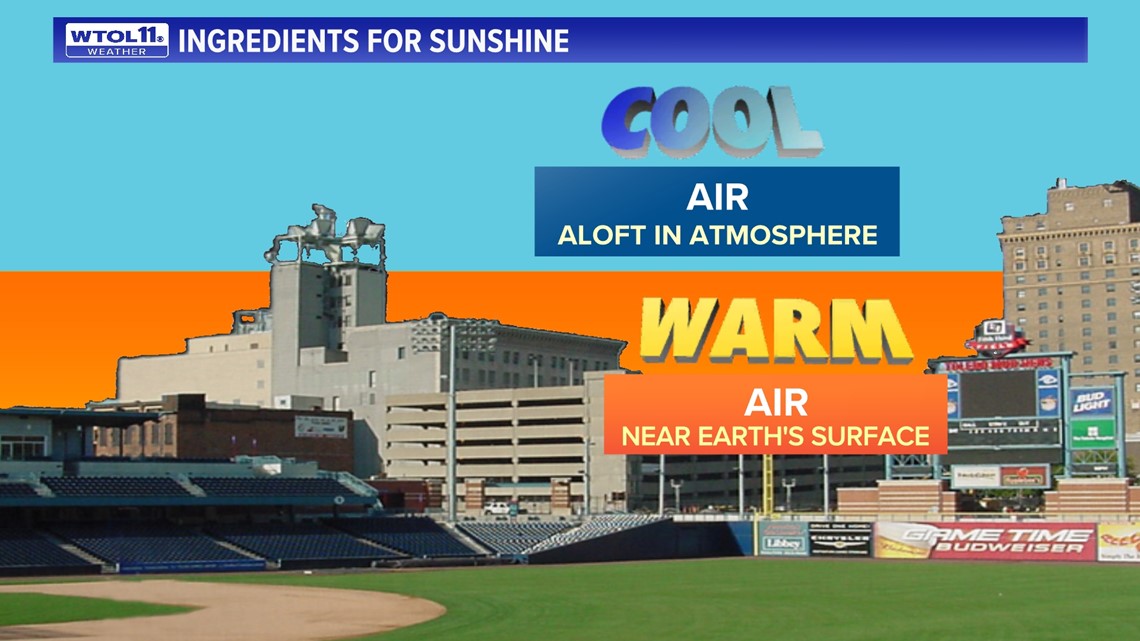
Generally, a thick layer of stratus clouds is quite uncommon during the summer. The second reason cloud cover is more commonplace during the winter results from a more active jet stream, which ushers in more frequent storm systems and cloud cover.
RELATED: Is our winter season shrinking?
During the summer, the Midwest often falls under a ridge of high-pressure in the jet stream, associated with sunny and tranquil weather. The winter often features an active jet stream track. Even if this storm track doesn't deliver big snowstorms or heavy rainfall, it creates thicker and more frequent cloud cover. As we round the corner into late November, you can expect more cloud cover, a trend that will continue into the winter season.

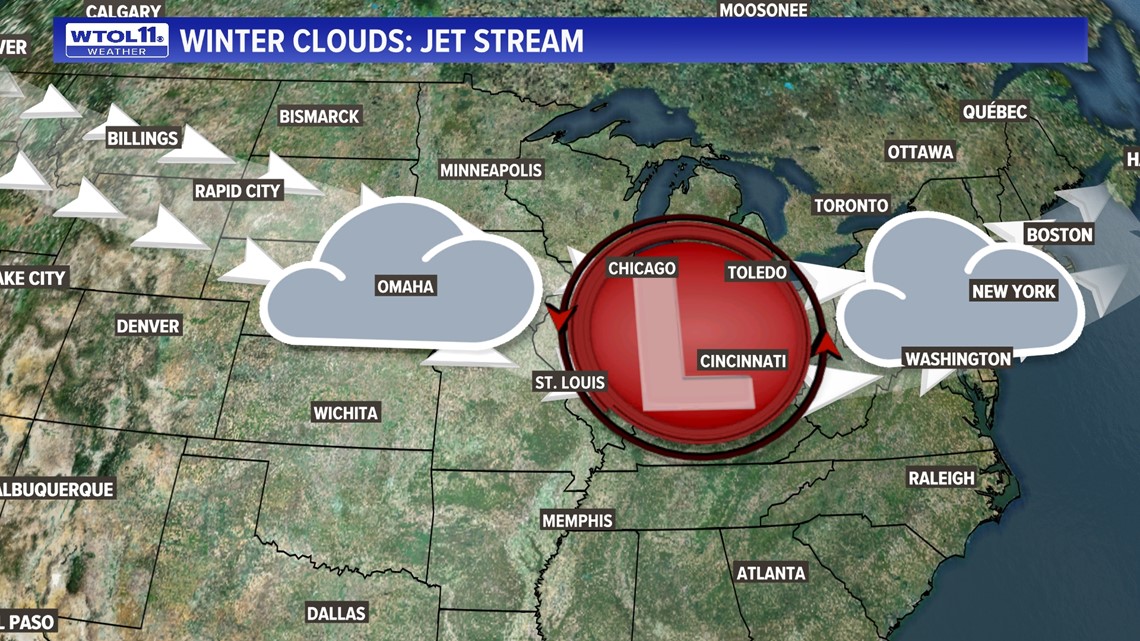
The sun also becomes less direct during the winter, causing colder temperatures and shorter days. During the middle of summer, the sun's rays strike Earth's surface at a 72 degree angle, representative of more direct sunlight causing hotter temperatures. The Sun angle has fallen to 29 degrees as of Friday, explaining the cooler weather and shorter days.
The sun angle will reach its minimum of 25 degrees at the winter solstice, climbing higher in the sky in January. Sun angle is actually the biggest factor impacting seasonal variation in the weather, affecting the weather far more than the distance between sun and Earth. In other words, winter is cold because the sun is less direct, not because Earth is further away from the sun.

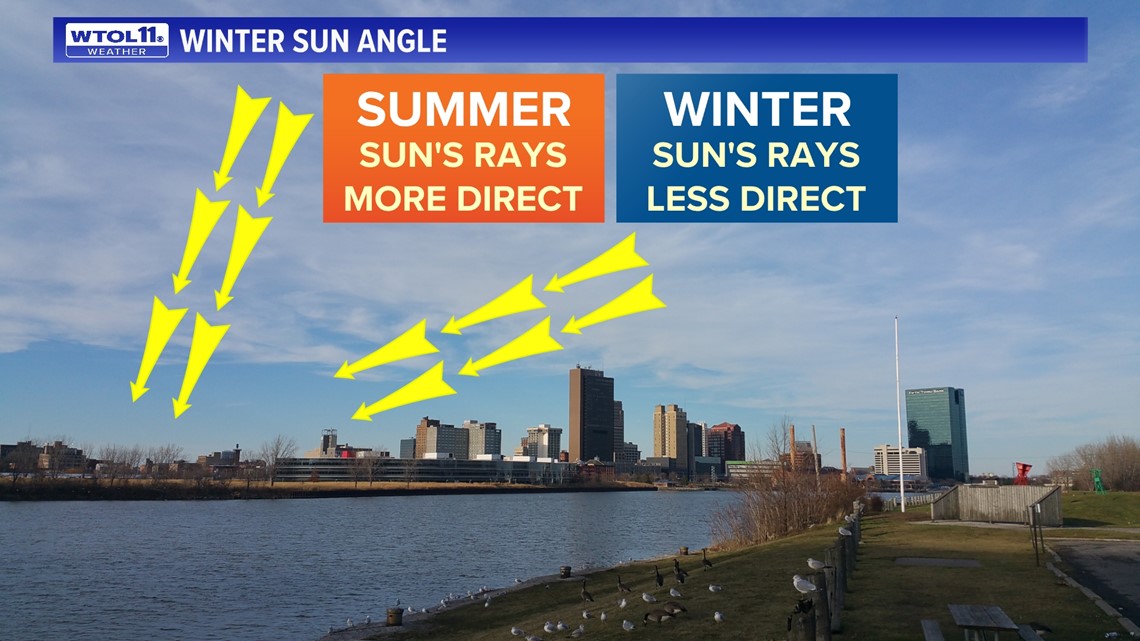
The more direct sunshine and higher sun angle also make sunburn occur more quickly during the summertime. The sun's rays will continue to become less direct for the next month before the sun angle increases again as we head toward spring.
RELATED: Winter weather pet safety tips
Lastly, let's look ahead to Thanksgiving, breaking down some recent holiday conditions and historic Turkey Day weather. You may remember last Thanksgiving as a mild one with temperatures in the low-60s. This temperature significantly surpassed the normal Thanksgiving high temperature of 48 degrees. After a dry start to the day, light showers fell later on in the afternoon, amounting to only .06 inches.
This year will likely end up colder than average high thigh temperatures in the 30s. A strong autumn cold front will usher in chillier weather for holiday plans. Though this Thanksgiving will feel colder, temperatures won't even come close to the Toledo record Turkey Day low of 7 degrees from 1930.

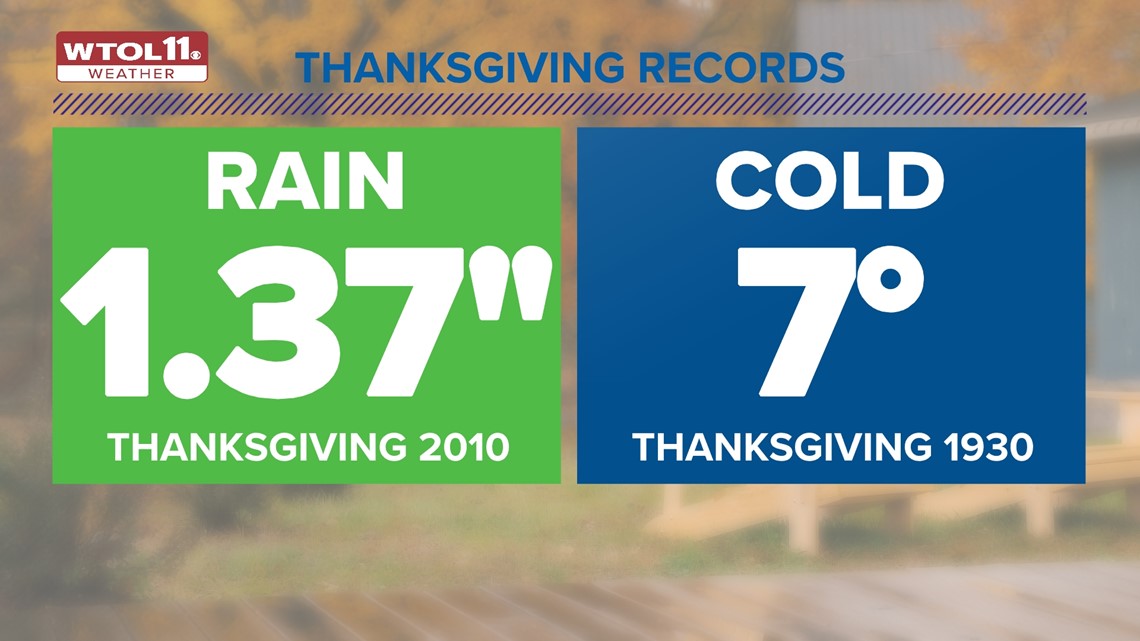
The warmest Thanksgiving Day was 1896, which sent temperatures surging to 68. Heavy rain and snow have also impacted Thanksgiving Day; 1.37 inches of rain fell on Thanksgiving of 2010, and 2.0 inches of snow accumulated in 1902. Though Thanksgiving precipitation is quite common, this year will likely bring dry weather for holiday plans. You'll need a couple layers and a jacket with cooler conditions and high temperatures only reaching the 30s.
As we head into late November, sunny and mild weather like this week will become far less common. The upcoming Thanksgiving cooldown in a sign of what's to come in the months ahead. Whatever weather Mother Nature has in store this holiday season, you can trust the WTOL 11 weather team for the latest forecast.
MORE FROM CLIMATE FRIDAY ON WTOL 11

